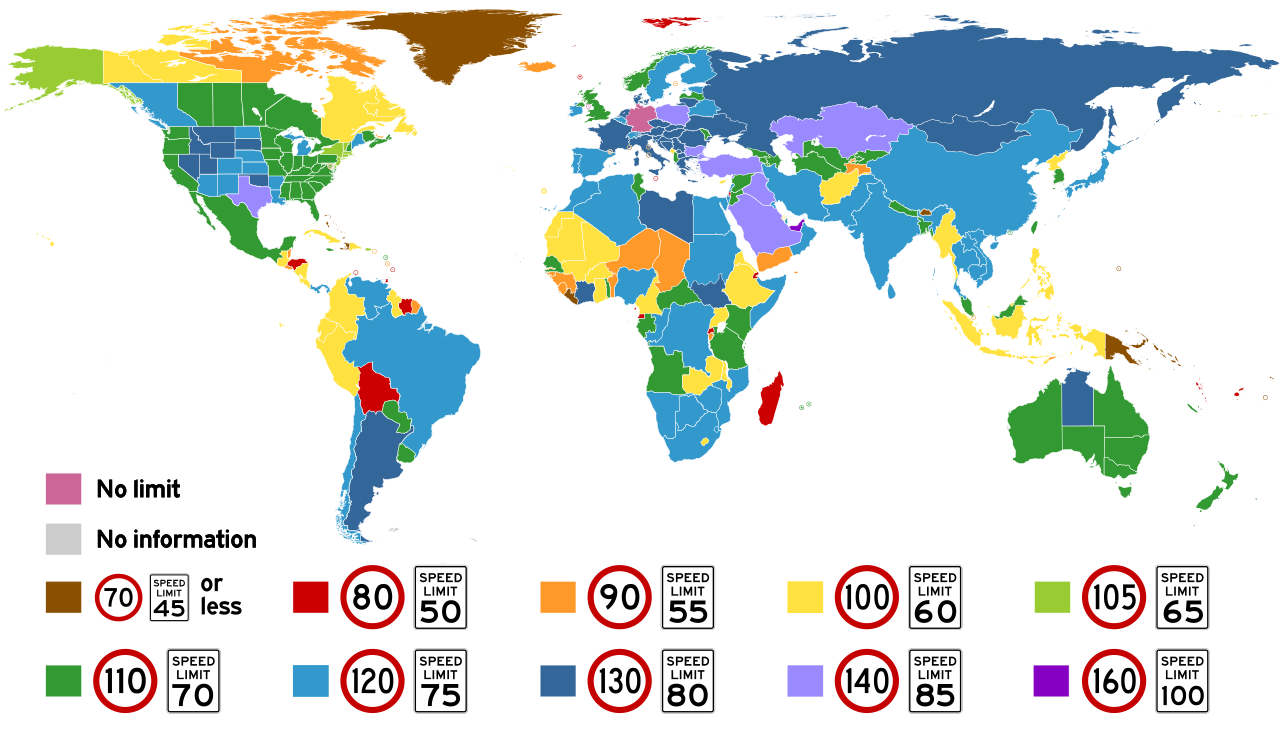nfitz
Superstar
Lakeshore around the Exhibition ground is closed today for Khalsa Day parade - among other roads.I know heading into downtown was always bad but I don't remember things being this bad without a crash affecting things.
Lakeshore around the Exhibition ground is closed today for Khalsa Day parade - among other roads.I know heading into downtown was always bad but I don't remember things being this bad without a crash affecting things.
There has been talk of a 'Cookstown bypass' for quite some time now but I don't know if there are any formal plans or land assembly. Hwy 89 between Alliston and Hwy 400, particularly through the village of Cookstown, has been brutal for a while. An extension to the Bradford bypass would mean a lot of greenfielding, but might make some sense as it would draw off traffic from 89. Also, Tottenham has seen some allied auto part factories go up.With the announcement of the new electric vehicle and battery plants in Alliston, I’m wondering if there’s any plans for expansion of highway capacity out that way. I know Honda ships out completed vehicles by CP (and the property had access to a remnant of CN’s Beeton Sub when it first opened), but it will mean a lot more parts deliveries and commuters.
The province is paying to widen Highway 3 through St. Thomas, but what about 89? Could there be – god forbid – a western extension of the Bradford Bypass?
If there are some deficiencies, they can be fixed with a relatively small investment (or with a reduced speed limit for a small stretch if we don't want to spend). It is very unlikely that you will have to stop from 130. Usually the prevailing conditions will slow down the traffic behind to some extent.I think the implication is if you're expecting people to go from 130-0 is more dangerous than 100-0. I find myself going past yorkdale at 110 pretty often only to stop where the express ramp exits to the collectors
Some jurisdictions have dynamic speed limits to try to reduce the severity of the rolling waves/shockwaves of highway slowdowns.If there are some deficiencies, they can be fixed with a relatively small investment (or with a reduced speed limit for a small stretch if we don't want to spend). It is very unlikely that you will have to stop from 130. Usually the prevailing conditions will slow down the traffic behind to some extent.

I was suggesting 120 in GTA/other urban areas and 130 outside.Some jurisdictions have dynamic speed limits to try to reduce the severity of the rolling waves/shockwaves of highway slowdowns.

Variable Speed Limits | NHTSA
Variable speed limits (VSLs) have long been used on European freeways to help manage speed and traffic flows in changing conditions (Katz et al., 2012). Variable or dynamic speed limits may be appropriate on roads with significant variations in congestion throughout the day or due to crashes, as...www.nhtsa.gov
Not saying we should consider 130 in the GTA. If we do adopt 130, I would be in favour only with aggressive photo radar enforcement at 135.
I feel like 130 speed limit combined with bad drivers is a recipe for trouble. I see enough people driving below 100 in the middle lane or even the passing lane. I am okay with stepping up speed limits in 10 kph increments and seeing how things go.I was suggesting 120 in GTA/other urban areas and 130 outside.
Fuel consumption goes up about 10% for every 10 km above 100. So a great global warming strategy shaping up here. Not to mention severity of accidents.


65mph which is 104.6km/h, so higher. Not by a lot.. but higher.New York state is also still basically 100...
Yes, but their speed limits are higher even on the regulated areas. And the map is of the highest permitted speed in the jurisdiction, not the most common - so yes, it's right. Texas is listed at 85mph as well despite there only being one relatively short stretch of toll road in the state posted at that limit.Eh, it feels like a dubious map. Germany might technically have no limit but that's only on de-regulated zones of the Autobahn. Everywhere else has a posted limit.




